Disaster robots compete in Darpa's Florida challenges
- Published
A look at MIT's entry into a major robotics competition.
The alarms wail. The nuclear reactor is breached and belching out toxic waste. A mere human would have no chance of survival. But the mechanised rescue team that clanks into action soon has the situation under control.
This isn't fantasy - if the Pentagon has its way robot squads will soon handle such man-made disasters.
To spur on the technology the US defence headquarters' research unit has selected 17 teams and their machines - from more than 100 who applied - to compete in the Darpa Robotic Challenge, external (DRC) trials near Miami, Florida this Friday and Saturday.
The finals will follow in a year's time to decide who wins the $2m (£1.2m) prize and gear-driven glory.
"This is a product that saves humanity," exclaims Prof Dennis Hong, director of Virginia Tech's Robotics & Mechanisms Laboratory, which is entering Thor - a humanoid adult-sized robot, external.
"These big competitions help make science-fiction ideas become reality.
"A Fukushima plant-like disaster is going to happen again, and we're just going to be sitting ducks if we don't do this."
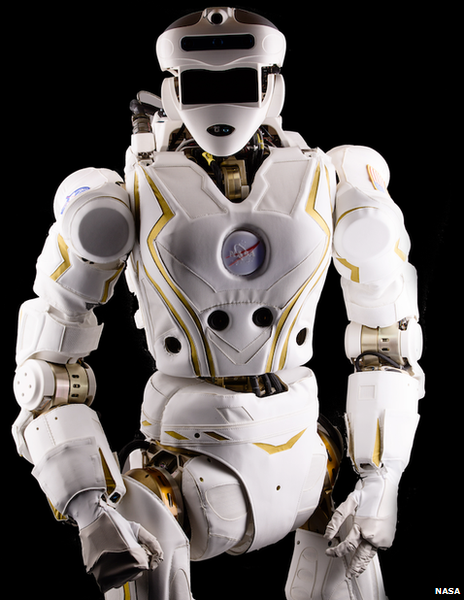
A team from Nasa's Johnson Space Center has entered a robot named Valkyrie into the contest. It stands 6ft 2in (1.9m) tall
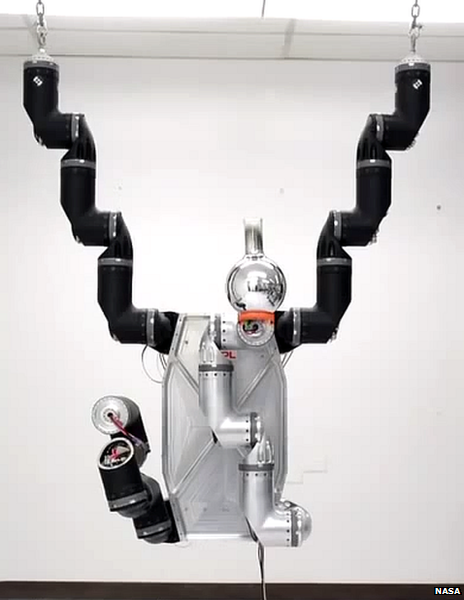
Nasa's Jet Propulsion Lab has entered a second robot for the US space agency: Robosimian. The machine will add two hands to the model shown above.
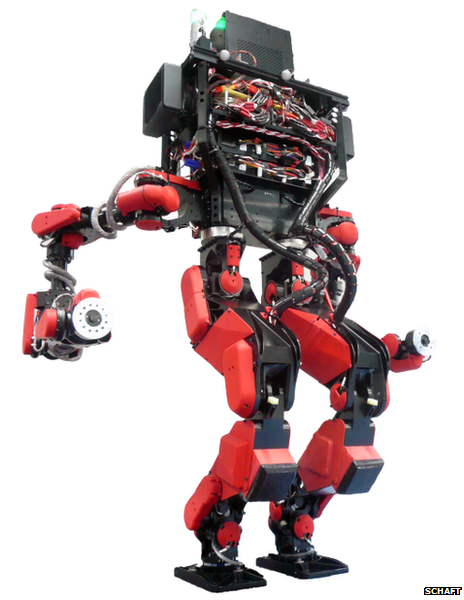
A Japanese start-up - recently acquired by Google - has entered a liquid-cooled robot called Schaft. The team is tipped as one of the favourites to win.
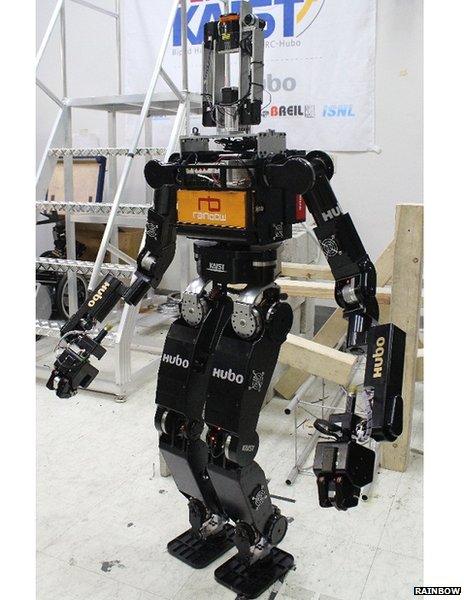
South Korea's Rainbow Robot is entering DRC-Hubo, the latest generation of a two-legged model first built in 2005.
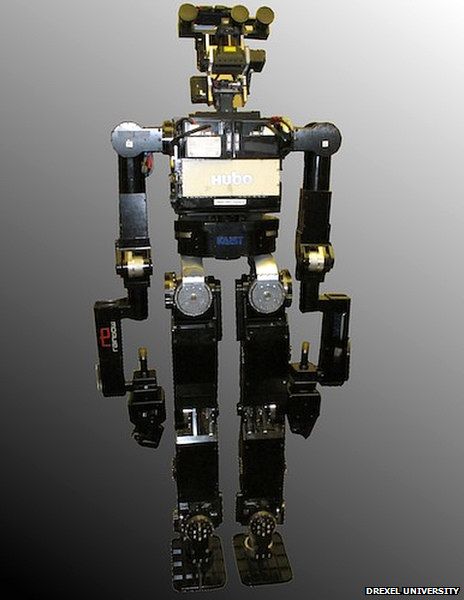
Philadelphia's Drexel University is entering a second slightly heavier version of Hubo, nicknamed Dirc, which it has adapted to its own specifications.

Utah-based Kairos Autonomi is entering Chiron. The firm says its "hexapod design" helps its machine travel over unstable terrain.
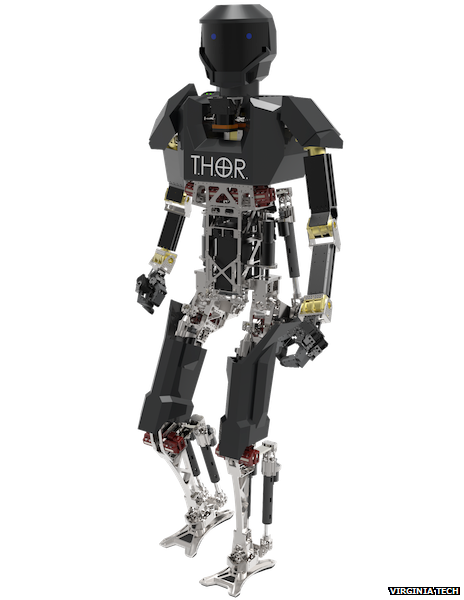
Virginia Tech's Thor includes artificial "elastic muscles". It will not be ready until 2014, so will be replaced by a less advanced substitute at this stage.
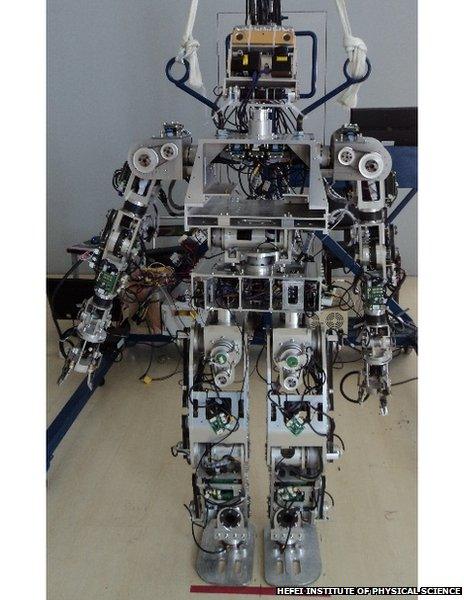
China's Hefei Institute of Physical Science will compete with Intelligent Pioneer. It was only announced the robot would take part earlier this month.
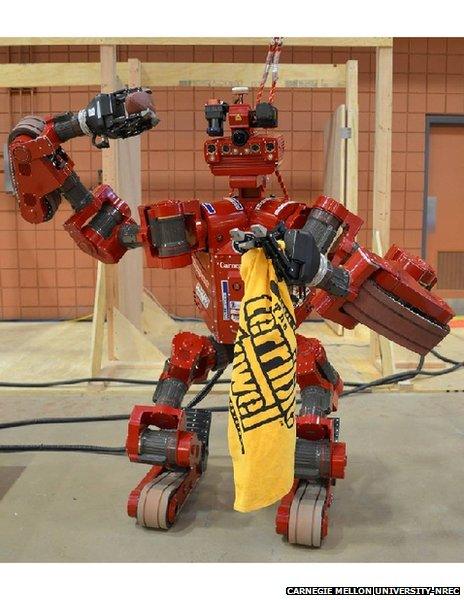
Carnegie Mellon University's robot Chimp (CMU Highly Intelligent Mobile Platform) uses rubberised tracks on its feet to travel like a tank.
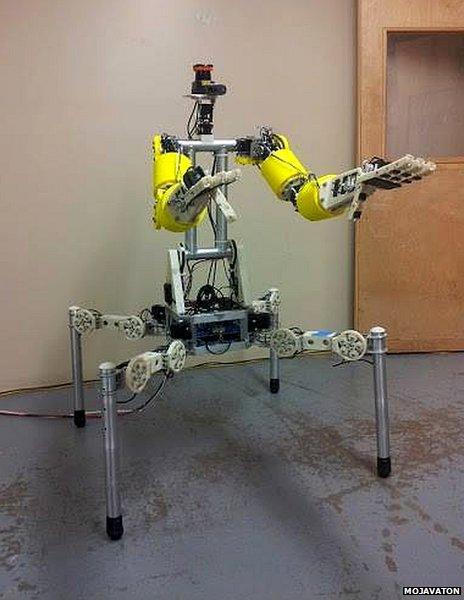
The self-funded Team Mojavaton, from Colorado, is entering Buddy. Weighing 16.8kg (37lbs) the four-legged robot is the lightest in the competition.
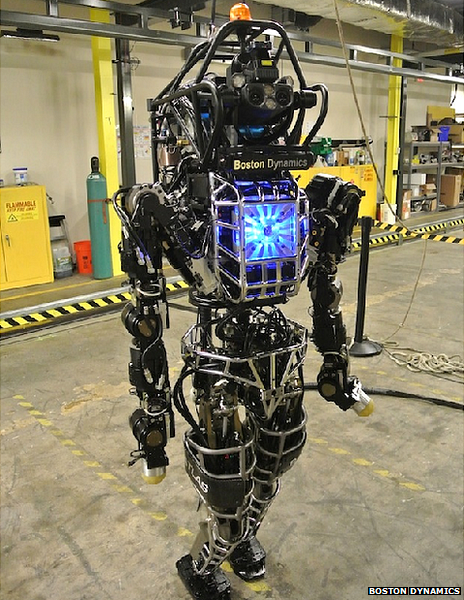
Google's Boston Dynamics is not entering the competition itself. But its Atlas robot will be used by seven teams who will program it with their own software.
Robots were sent into the Japanese nuclear plant after its 2011 meltdown, but only transmitted back video and other data rather than carrying out repairs.
By contrast the DRC trials will be more demanding. They consist of eight tasks, external:
Drive a utility vehicle along a pylon-lined course
Cross a terrain that features ramps, steps and unfastened blocks
Climb an 8ft-high (2.4m) ladder
Remove debris blocking a doorway
Pull open a lever-handled door
Cut a triangular shape in a wall using a cordless drill
Close three air valves, each controlled by a different-sized wheel or lever
Unreel a hose and then screw its nozzle into a wall connector
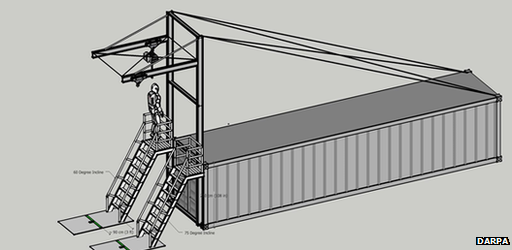
The teams will be given the choice of whether they want handrails or not for the ladder task
Organisers recognise there may be more than few bumps and scrapes along the way.
"Right now, where we are is that robots are roughly at the same level of mobility and dexterity as a one-year-old child," explains Gill Pratt, DRC's manager.
"If you... know one-year-old children and watch them as they try to walk, or try to grasp things, what you'll see is that they fall down all the time.
"So, what you're going to see is robots moving quite slowly.
"You're also going to see that the robots are not at that level of task autonomy that we want them to be, but instead the human being operators are going to be helping out a great deal."
Cinder robot
Engineers from South Korea, Hong Kong, mainland China, Germany and Japan are all taking part in addition to US teams. Most are entering their own machines, but others programming copies of a two-legged robot called Atlas provided by Boston Dynamics - a military contractor recently bought by Google.
Seth Teller and his team from Massachusetts Institute of Technology (MIT) opted for Atlas. He describes the event as a "game-changer".
"People were already working on these problems," the professor says.
"But one of the real contributions Darpa has made is to say: 'Here are the specific tasks that your system has to perform.'
"And it has said you have to do these things under real conditions - that means outdoors, doing it without perfect knowledge of what the tasks will be ahead of time, and doing it over a highly-degraded network link.
"Instead of having a fast dedicated low latency link between the operators and the robot, Darpa is forcing everyone to communicate with a link that's slow and eventually - in 2014 - will have drop-outs.
"There will be periods of no communication between the humans and the robot. It will really have to act on its own to get something done."
Schaft robot
Previous Darpa "grand challenges" called on researchers to build and test self-driving cars in desert and urban environments, helping accelerate the development of autonomous vehicles.
Last time round, in 2007, Virginia Tech came third.
This time Prof Hong's team has taken the high-risk strategy of using brand-new "artificial muscles" to try to win.
"In the past 30 years we roboticists have tried to get rid of springiness from a robot's joints to get precise motion," he explains.
"But now biologists are starting to understand the importance of springiness in the human muscle. So our robot Thor, in the lower body, has new types of springy actuators - not only to control its position but also its force."
He says the innovation should help the machine cope with uneven surfaces. Unfortunately the tech is so cutting-edge that it's not quite ready, meaning his team will have to field a substitute robot this weekend.
Whatever Saturday's result, the team can still field Thor in next year's final - but a low score would mean it would miss out on receiving further funds from the Pentagon.
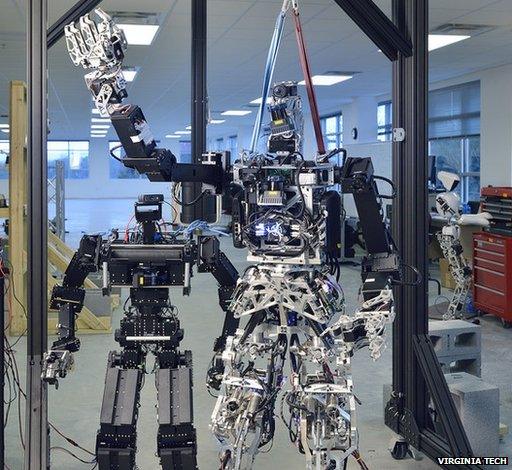
Virginia Tech's Thor is not ready, so a substitute - seen on the left - will take part this weekend
Not everyone is comfortable about the US military developing close relationships with the teams.
"Why would Darpa suddenly want to spend millions of dollars on rescue robots at a time when defence budgets are so tight?" asks Prof Noel Sharkey, co-founder of the International Committee for Robot Arms Control.
"It seems more likely that this is part of a long-term agenda to develop ever more sophisticated robot weapons.
"Those involved in competing should do so in the clear knowledge that they are helping the US develop the next generation of automated weapons systems."
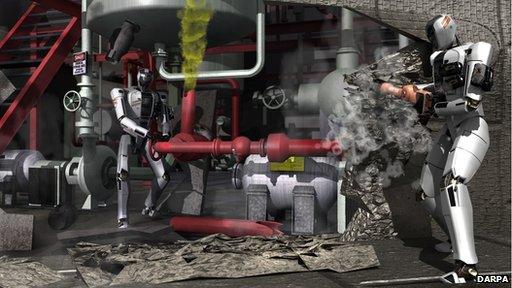
Darpa says it wants robots to be able to handle normal tools and equipment
Prof Hong acknowledges the contest could hasten development of Terminator-style killer robots, but stresses that its stated goal is to save - not destroy - lives.
Even so, he recognises it will be some time before robots ride to the rescue.
"In a real nuclear power plant the radiation would kill all of the electronics," he notes.
"Radiation shielding is a big problem and will need years of research and development.
"But what I'm excited about is first the opportunity for us to draw up new breakthrough technologies, and second for the general public to really see what these robots are good for."
- Published16 December 2013
- Published7 October 2013
- Published10 April 2012